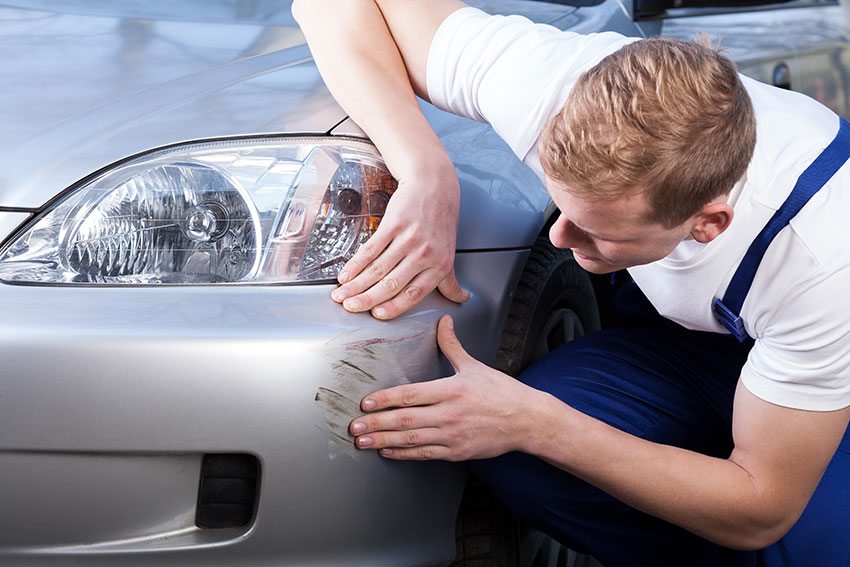It’s such a shame to see that beautiful car be covered in scratches. So much for scrubbing and trying to clean off that leftover paint from the other car that bumped into you. The fact is that your own paint has also chipped and you need a lot more than scrubbing to deal with the car scratch.
There is a simple step-by-step guide here that we professionals can confirm helps in dealing with such chips. Following this will give you your car minus the scratches and flaws. Smooth, shiny end result that you can’t differentiate at first glance.
Note that this guide is only meant for simple scratches, not for dents or heavy damages.
Have these things ready:
- Basecoat
- Primer Surfacer
- Clear coat
- Etch primer (if bare metal is seen): this is a paint solely designed to bond to any surface it is applied on.
As for coating color code, you can find this on your car’s bonnet or just beside the doors.
- Wax Remover: to help in removing grease, silicone and wax that will prevent the paint from adhering.
- Grease Remover: to remove any grease or oil residue before painting the car.
- Grit dry sandpaper (180, 320, 600): the sandpaper is meant to even out the scratches and paint chips to prevent any uneven bumps while painting. It is also used after the paint has dried to smoothen out the rough edges of the new paint.
- Masking paper (or anything to cover parts you don’t want to get painted on)
- Tape: to secure the masking paper
- Clean cloths: to wipe the surface of the car
- Compounding agents: the compounding agents comprise of abrasive substances that help provide a fine finish on a newly painted surface.
We have to remind you that this is not everything you need. Depending on how bad the scratch is, you will need to have etch primer and grit dry & wet sandpaper. So, let’s keep this in mind as we proceed.
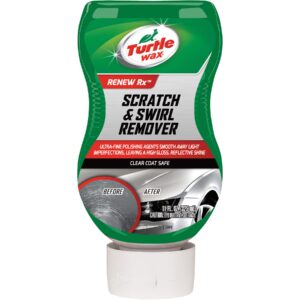
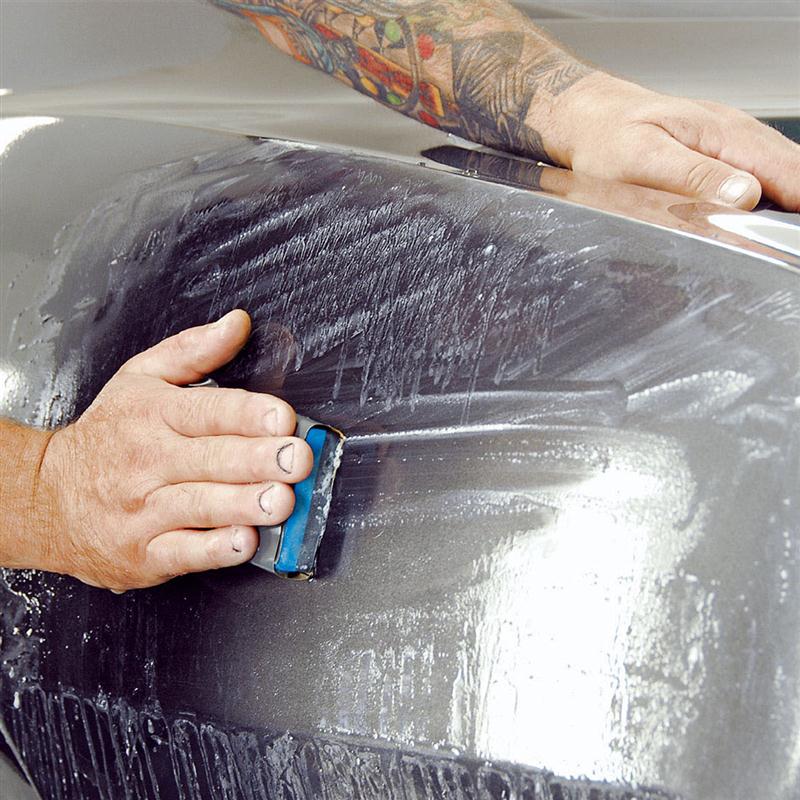
1. Find all the scratches and damaged paint on your car
Often, people ‘pile’ the scratches up and fix them in one go. That’s what you should do here, so that the process doesn’t take too much time, circle your car and find spots for the vehicle scratch repair. Remember, this guide is not meant to fix dents, only chipped paint and scratches.
2. Clean the area
Use wax remover and grease remover to clean the area from any oil, dust, and other dirt. We don’t want that smooth paint to look imperfect (if oil residues are left when painting, this will cause ugly streaking on the car) at the end of the DIY. Wipe clean with a clean cloth after using the removers.
3. Cover adjacent area
Use masking paper or any other wide covering materials to prevent paint from being accidentally sprayed there. Newspaper or unused pieces of cloth works, but masking paper is heavily suggested.
Tips: use backmasking technique if the area is close to places where you don’t want to overspray. If you don’t understand what this is, here’s a quick guide:
- Tape the inner part of the sides and circle around it. The sticky part should be facing you and half of the width of the tape should be visible. This is called back taping.
- Cover with masking paper.
- Tape the edge again from the top, to make sure it won’t easily fall out .
- The great thing about reverse masking is that you don’t have tape lines on the surface of your car and it protects other parts that you seriously don’t want to get sprayed on.
This is mostly done by professionals. The problem with doing backmasking is probably the fact that you have to buy tape and masking paper that you might not use for another year or more.
4. Sand the damage
Use a piece of 180 grit dry sandpaper to sand the damaged area. Sand until no leftover paint from the other vehicle is visible.
And then, use 320 grit dry sandpaper to feather sand the area. Sanding the area again is meant to create a seamless surface on the damaged area (in other words, creating an overall similar look to its previous state before the scratch). If you don’t sand, when you coat the area, people are going to notice the small crack that indicates it was chipped before the paint was reapplied.
5. Clean the area again
Use wax and grease remover again to clean the area. Since you used sandpaper, we can’t risk having sand inclusion. Wipe with the cloth you used for wiping it clean again.
6. Mask again
Do the reverse masking whenever possible. If it’s a lower part of the car, best to cover the space under it, so you don’t spray on the suspension components. Don’t let dust flow in and out around the damaged area.
You will need to temporarily cover a tighter area around the damaged part to spray the primer only on the bare metal sections.
7. Begin spraying
Start with Primer Etch to cover the bare metal. Note that you don’t always need to spray etch primer, so if there’s no bare metal seen, leave it alone. Shake the can as you spray it. Leave it to dry for a few minutes.
Use prime surface afterward. Turn the can upside down after usage. Wait for at least 4 hours before proceeding to the next step.
8. Sanding again
Now, remove that temporary cover and sand with 600 grit dry sandpaper. If you don’t have 600, use 800 grit wet and dry sandpaper instead. The purpose is to remove any sand or imperfections done by dirt or dust.
9. Prepare for the ultimate touch
Use compounding agent to level out the surface. Much like feather sanding, this is the ultimate move that is going to smooth out between the damaged surface and its surrounding. Of course, you should not use the compounding agent on the damaged surface.
Learn how to spray. There is no exact way to teach you. The easiest method would be to try spraying on other surfaces to learn the techniques required to accurately spray your car.
Once more, clean the area with wax and grease remover, make sure the surface is as smooth as silk before spraying the colors on.
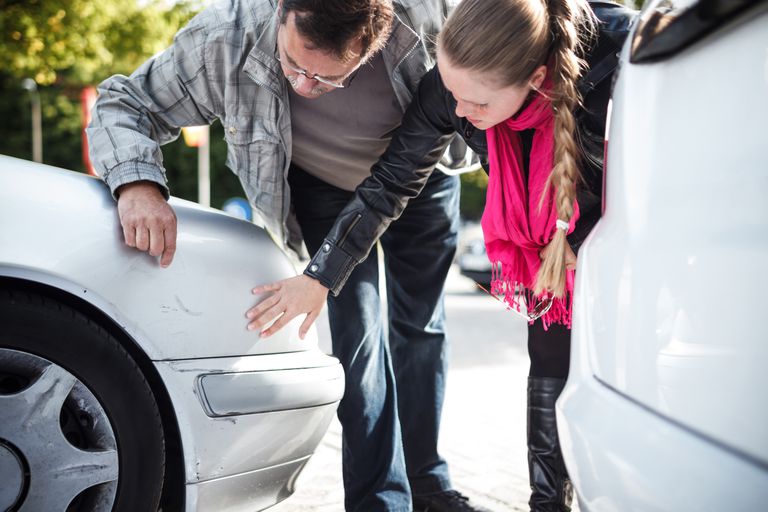

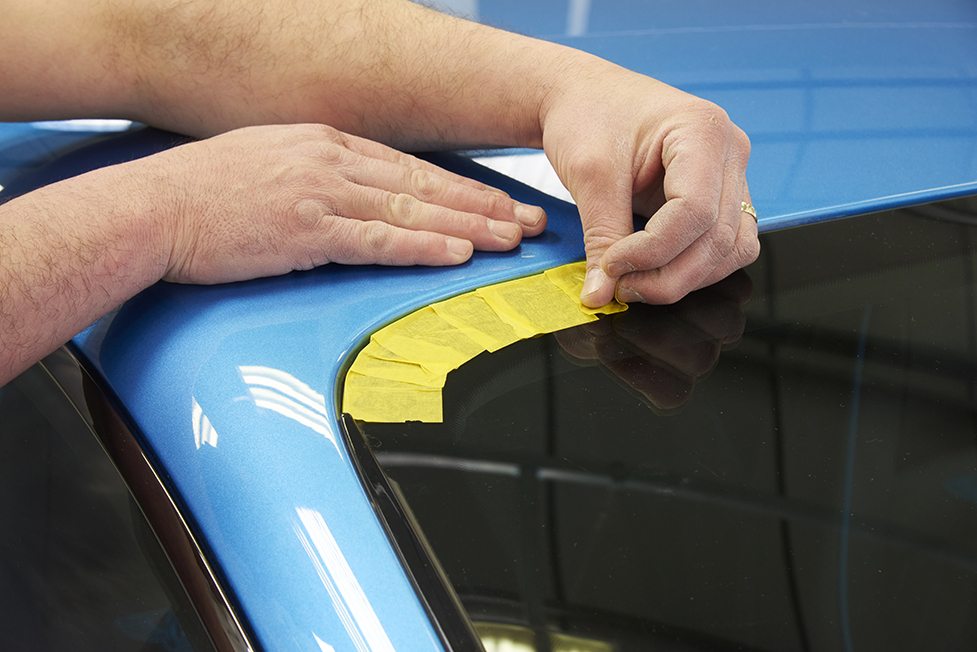
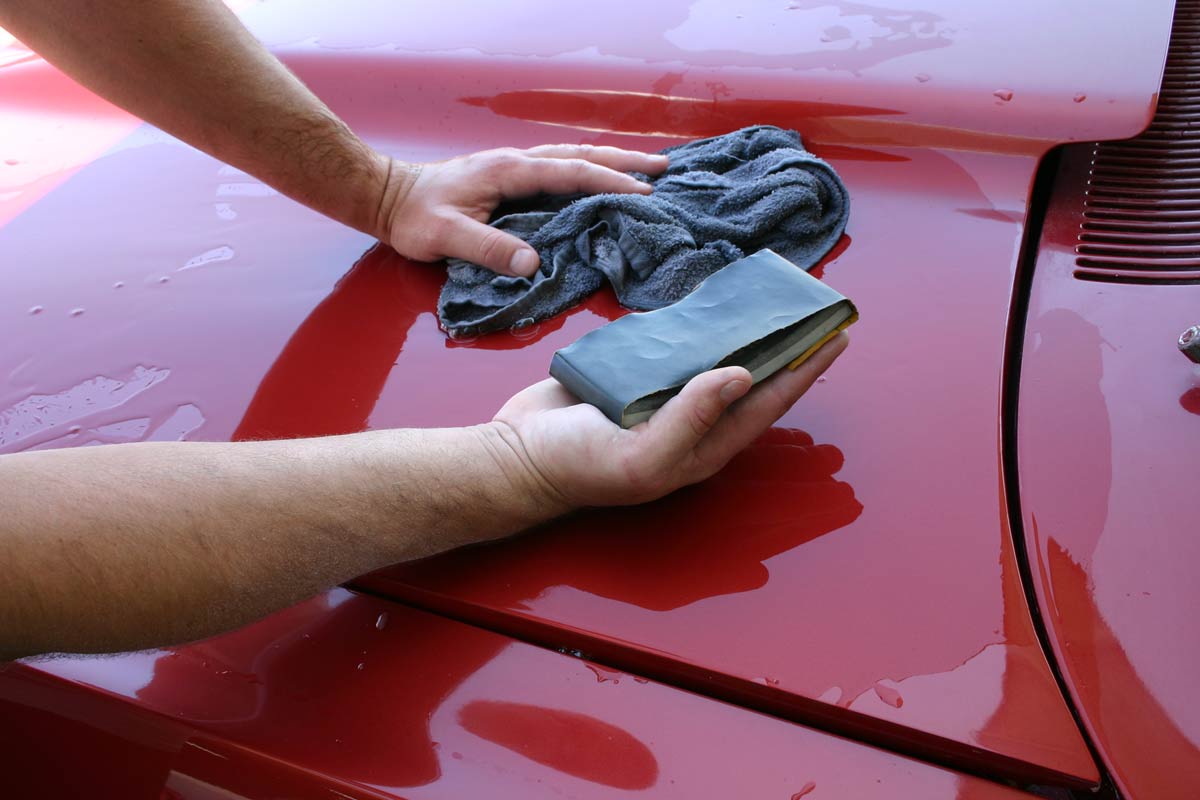
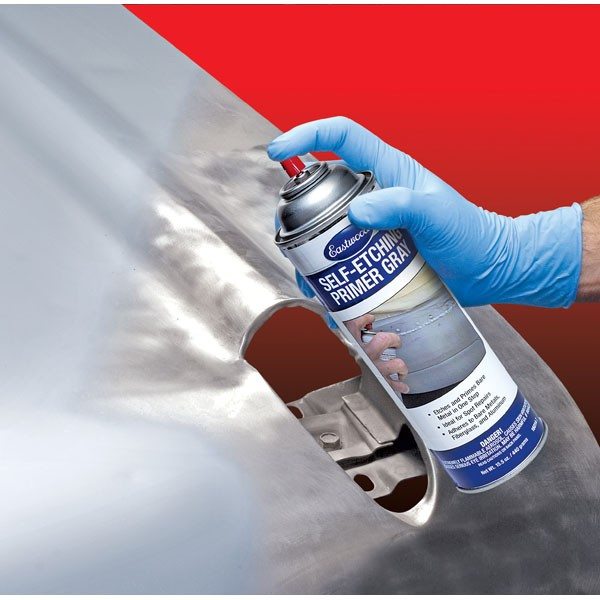
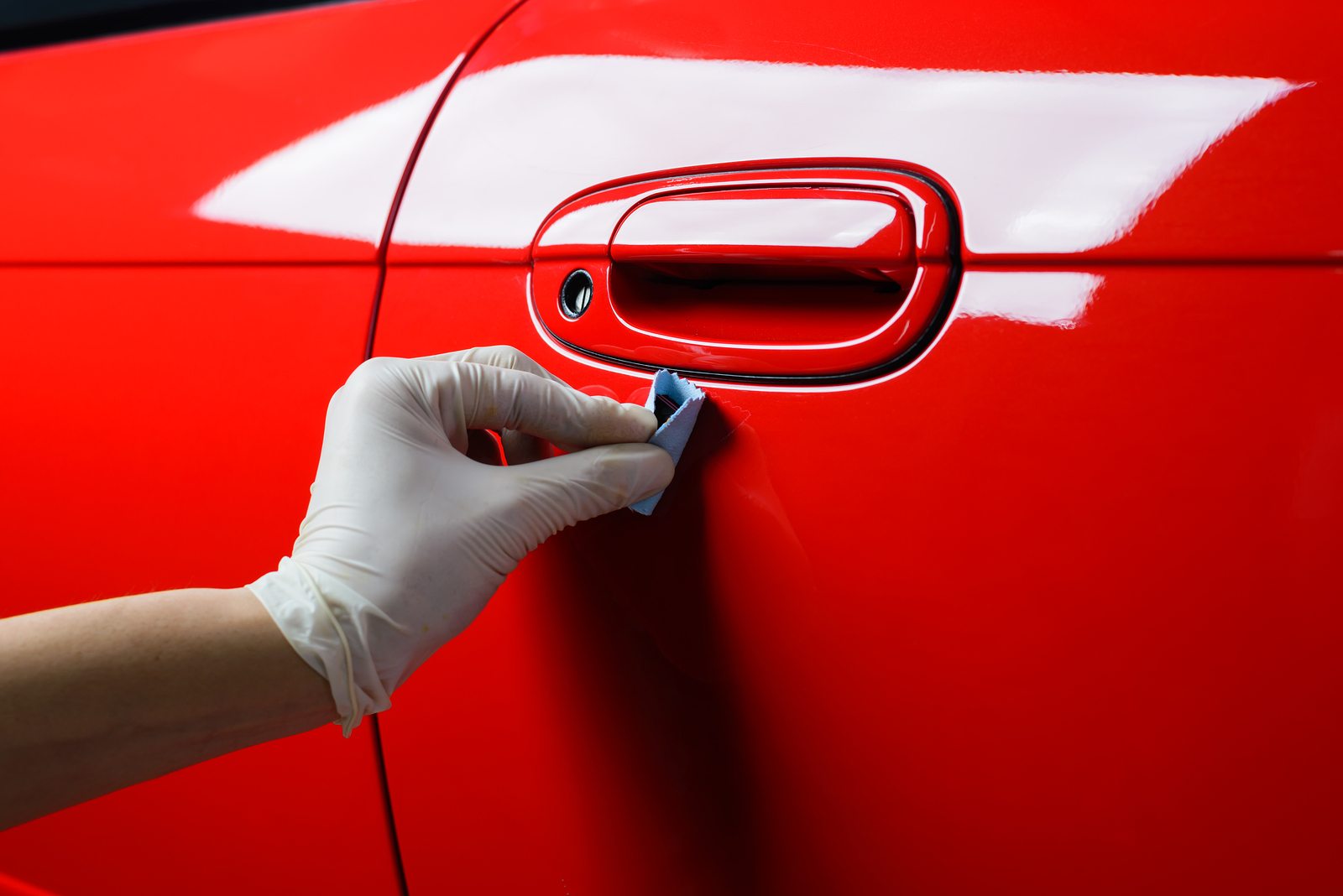
10. Apply base and acrylic clear coat
Apply at least three layers of the base coat. In between spraying, leave to dry for 5 minutes. Spray wide around the damaged area to make sure the paint blends in with its surrounding. Leave about an hour for nice dry paint.
Apply an acrylic clear coat to protect the paint from chemical substances and small scratches. It also gives that glossy effect on your car. Of course, if you don’t want it to gloss, you don’t need to use this. As usual, spray the surrounding as well to blend the color. Leave for a minimum of four hours.
11. Finishing touch
Check if there’s any imperfection on the surface, such as dirt or substances stuck under the paint. Sand with 1500 grit wet and dry sandpaper.
Use the compounding agent to smoothen out the surface and to leave that glossy look perfect. Wait for 2 months. Apply wax after 2 months, and your car will look as good as new (at least the part that you repaired).
As you can see, the process does take quite a long time, so it’s best that you plan out a few days to take care of it. Make sure that you are fixing all the parts that need it.
If you notice that your car has a dent, Sandgate Auto Electrics are always ready to help you fix those unsightly damages! You can either call us today on (07) 3269 3158 or make a stop at our workshop on 113 Connaught Street Sandgate QLD 4017.

